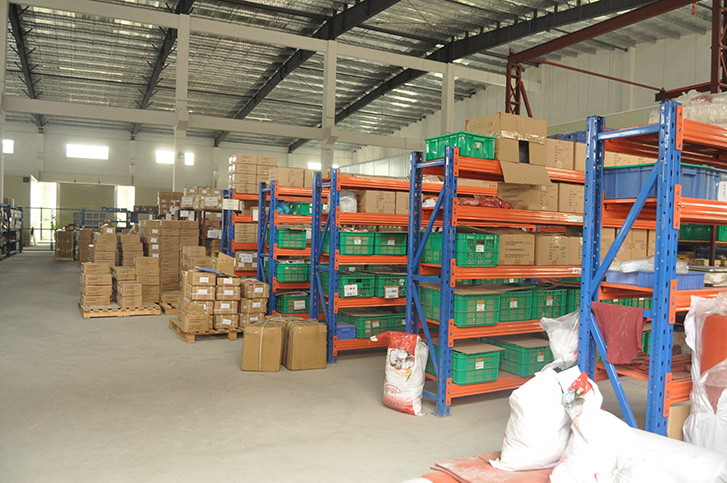What are the functions of molded plastics

-
04-29
Types of sheets used for SMC products
Common fiberglass processes include hand lay up, RTM, pultrusion, and compression molding, with steel molds used for mass production of pultrusion and compression molding. Molding strengths: (1) The m
-
03-25
SMC fiberglass mold laying steps
SMC mold is a combination plastic mold used for compression molding, extrusion molding, injection molding, blow molding, and low foaming molding. It mainly consists of a concave mold with a variable c
-
02-25
What are the characteristics of SMC molded insulation board
SMC is a thermosetting reinforced plastic with the following characteristics:;1. The stability of the line expansion standard is good, and the cold and hot deformation system is very small.2. Good cre
-
01-09
How to improve the quality of SMC products
The molding quality of SMC accessories depends on factors such as press equipment, molds, technical parameters, and the quality of operators. The excellent and stable quality of SMC molded parts not o
